You have decided to begin on an exciting journey with your new puppy – agility training! Training a puppy for agility can be a fun and rewarding experience for both you and your furry friend. It helps in building a strong bond between you and your puppy, enhances their physical and mental abilities, and provides a great outlet for their energy.
Key Takeaways:
- Start training early: It is important to start agility training with your puppy at a young age, as this helps in developing their skills and confidence.
- Focus on positive reinforcement: Use treats, praise, and play to motivate your puppy during agility training sessions, as this will help them associate the activity with positivity and fun.
- Gradually increase difficulty: Begin with simple obstacles and gradually increase the complexity as your puppy becomes more proficient, ensuring they are challenged but not overwhelmed.
Assessing Your Puppy’s Readiness
Age Considerations
Your puppy’s age plays a crucial role in determining their readiness for agility training. An ideal age to start agility training is typically around 6 months old. This is because younger puppies are still growing and developing, and strenuous exercise can potentially harm their developing bodies. It’s important to wait until your puppy is old enough to handle the physical demands of agility training.
Health and Physical Fitness
One of the key factors to consider before starting agility training is your puppy’s overall health and physical fitness. An agile puppy should be in good health, free from any underlying medical conditions that could be exacerbated by rigorous physical activity. Regular visits to the vet can help ensure that your puppy is fit for agility training. This sport requires a high level of physical exertion, so it’s important that your puppy is strong, agile, and able to withstand the demands of the training.
In addition to their health, it’s crucial to assess your puppy’s physical fitness level. Strong muscles, good stamina, and flexibility are all important for agility training. Pay attention to your puppy’s energy levels and overall mobility to gauge their readiness for agility training.
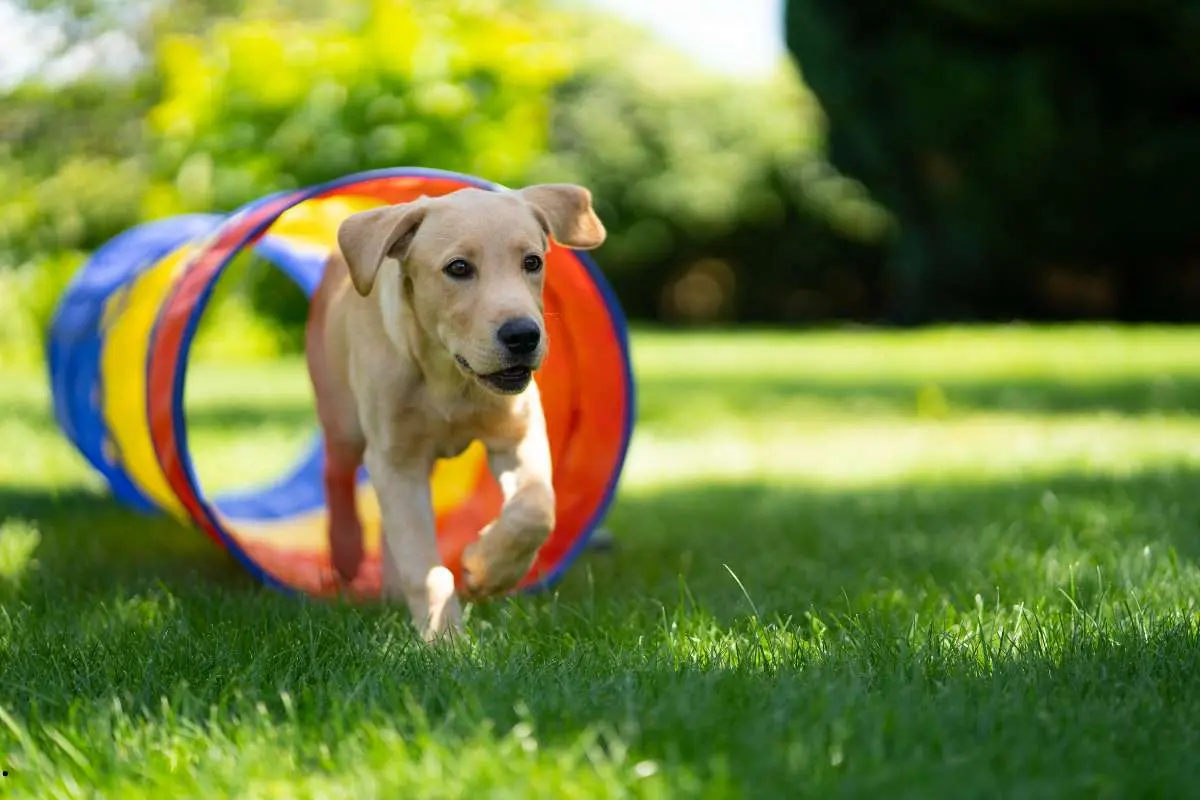
Types of Agility Training
Some key types of agility training include Standard Agility, Jumpers with Weaves, and Time-to-Beat (T2B). Each type focuses on different aspects of agility training and helps to improve your puppy’s skills in various ways. Training in these different categories can help your puppy become a well-rounded agility competitor.
| Standard Agility | Jumpers with Weaves |
| Time-to-Beat (T2B) |
Standard Agility
Now, when it comes to Standard Agility, the focus is on navigating a course that includes contact obstacles such as the A-frame, dog walk, and seesaw. The course also includes tunnels, weave poles, and jumps. Accuracy, speed, and communication between the handler and the puppy are crucial in this type of agility training. Through consistent practice, you can enhance your puppy’s ability to tackle complex courses with ease.
Jumpers with Weaves
Some agility training focuses solely on the jumping and weaving aspects of agility courses. In Jumpers with Weaves, the course includes jumps and weave poles but excludes contact obstacles. This type of training emphasizes speed, agility, and precision in weaving through poles and clearing jumps efficiently.
It helps improve your puppy’s footwork and decision-making skills on the course. This type of training is excellent for puppies who need more practice with weaving through poles and jumping hurdles. It can help build their confidence and improve their speed on the agility course.
Time-to-Beat (T2B)
Now, Time-to-Beat (T2B) is a type of agility training that challenges the handler and the puppy to complete a course in the shortest amount of time possible. The course typically includes a mix of jumps, tunnels, weave poles, and contact obstacles. The handler must strategize the most efficient way to guide the puppy through the course while maintaining accuracy and speed.
Agility enthusiasts often enjoy Time-to-Beat (T2B) courses because they test the team’s ability to think quickly and execute maneuvers accurately under pressure. This type of training can help improve the handler’s timing and decision-making skills during agility competitions. Training in T2B can also enhance the bond between the handler and the puppy, as they work together to conquer challenging courses.
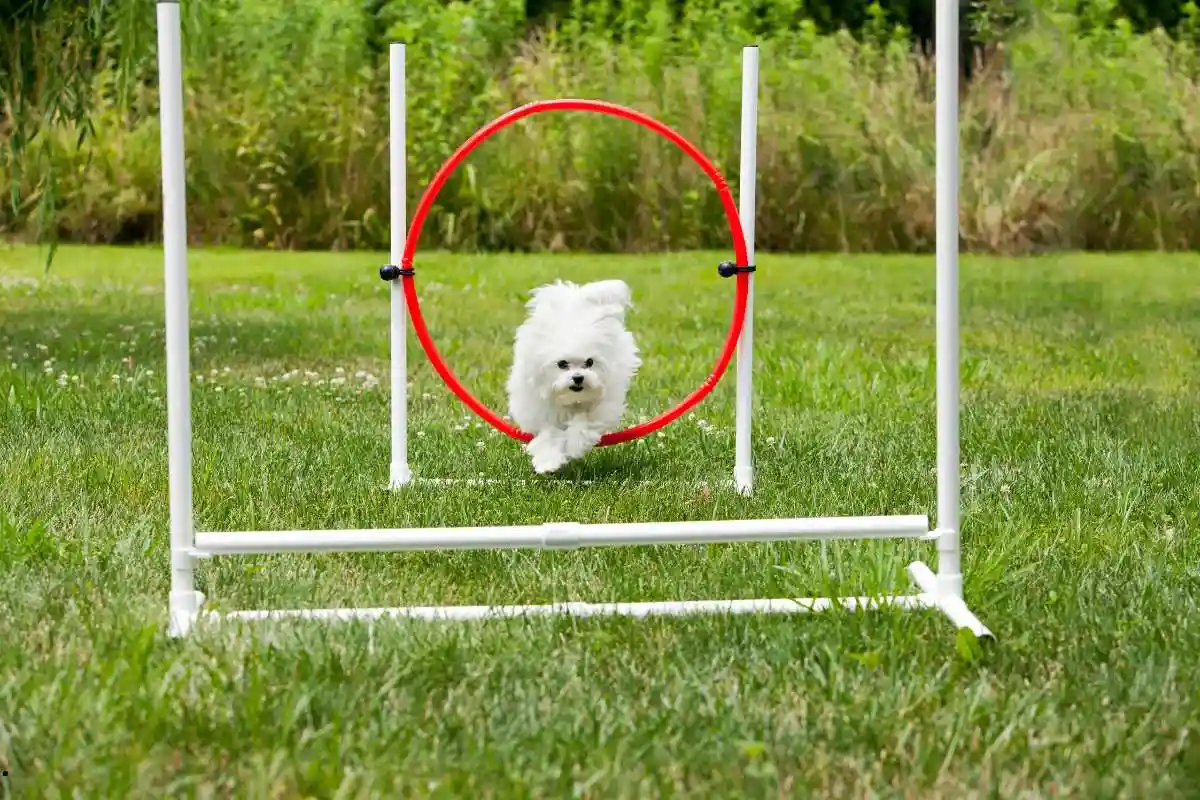
Preparing for Training
Essential Equipment
There’s no denying that having the right equipment is crucial when training your puppy for agility. Key items include a properly fitted collar or harness, a lightweight leash, high-value treats for motivation, a variety of toys for engagement, and a set of agility obstacles suitable for beginners.
Setting Up Your Training Space
There’s vital preparation required to create an ideal training environment for your puppy. Designate a secure area that is free from distractions and large enough to accommodate agility equipment. Remove any hazards or dangerous objects that could cause injury to your puppy during training sessions.
Setting up your training space involves arranging agility obstacles strategically to allow for a smooth flow between exercises. Ensure that the area is well-lit and that there is enough ventilation to keep your puppy comfortable during training sessions.
Step-by-Step Training Methods
Familiarization with Equipment
To start training your puppy for agility, begin by familiarizing them with the equipment they will encounter in competitions. Set up the basic obstacles such as tunnels, hoops, and weave poles in a safe and controlled environment. Allow your puppy to explore these obstacles at their own pace, using treats and praise to create positive associations with each piece of equipment.
| Equipment to Familiarize Puppy With: | Training Methods: |
| Tunnels, Hoops, Weave Poles | Allow puppy to explore at own pace, use treats and praise |
| A-Frames, Dog Walks, Seesaws | Gradually introduce these obstacles, rewarding bravery |
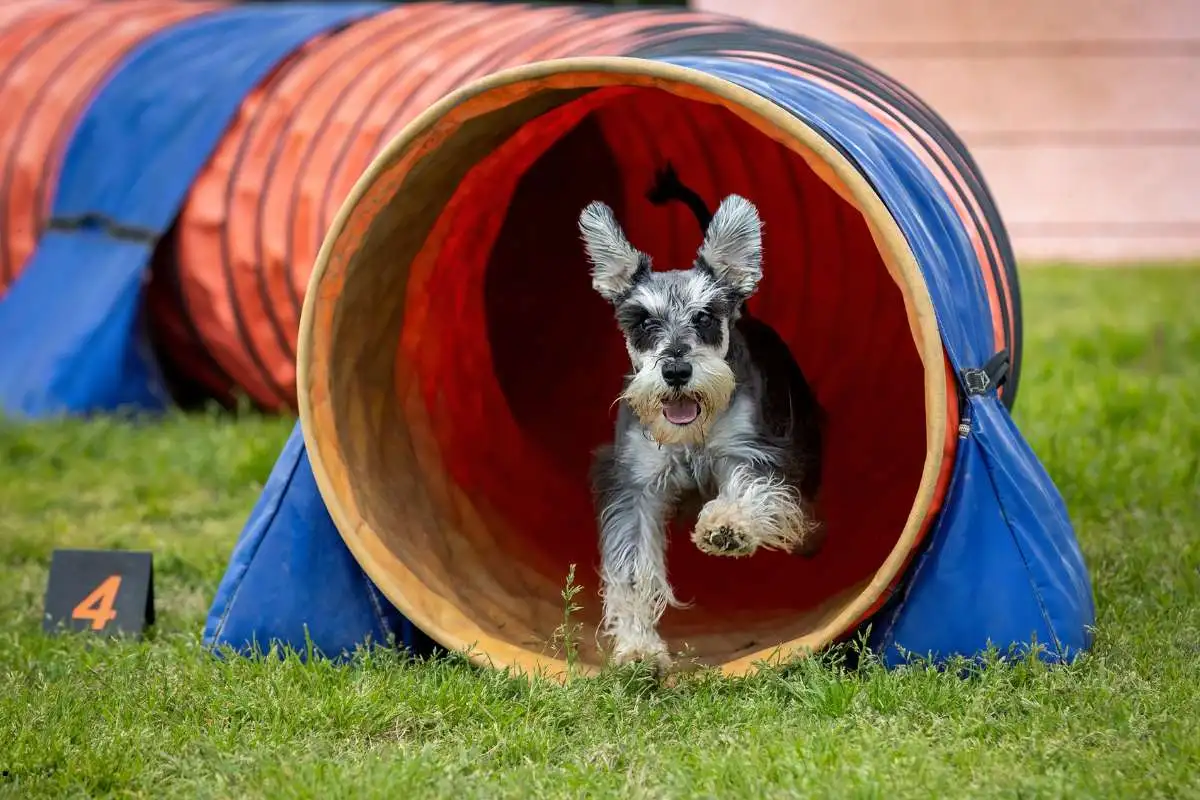
Basic Commands and Cues
To effectively train your puppy for agility, they must first master basic obedience commands such as sit, stay, come, and heel. These commands form the foundation for more advanced agility training and help establish clear communication between you and your puppy during obstacle courses.
Training your puppy to respond promptly and consistently to these commands will not only improve their performance on the agility course but also enhance your bond with them. Use positive reinforcement techniques like clicker training and rewards to reinforce good behavior and encourage quick responses to your cues.
Handling Techniques
Step-by-Step guide your puppy through the agility course by learning and practicing proper handling techniques. This includes using body language, hand signals, and verbal cues to direct your puppy through each obstacle with speed and precision. Practice short sequences of obstacles to improve your timing and coordination with your puppy.
This hands-on training approach will help your puppy understand your expectations and navigate the agility course efficiently. Avoid using forceful methods or punishment as this can lead to fear and confusion in your puppy, impacting their performance and trust in you as their handler.
Building up the Sequences
Handling more complex sequences of obstacles gradually will challenge your puppy’s agility skills and improve their ability to follow your cues under pressure. Start with simple combinations of obstacles, gradually increasing the difficulty as your puppy becomes more confident and proficient in completing each sequence.
Building your puppy’s confidence and competence in tackling diverse sequences will prepare them for agility competitions and ensure they can navigate any course with ease. Celebrate their progress and achievements along the way to keep them motivated and engaged in their training.
Proofing and Generalization
Proofing your puppy’s agility skills involves practicing in various environments and situations to ensure they can perform reliably regardless of distractions or challenges. Generalizing their training to different locations, surfaces, and conditions will enhance their focus and adaptability on the agility course.
Understanding the importance of proofing and generalization will help you prepare your puppy for success in agility competitions and enable them to showcase their abilities confidently and consistently. Consistent training and exposure to different scenarios will help your puppy build resilience and agility skills that can withstand any real-world agility challenge they may encounter.
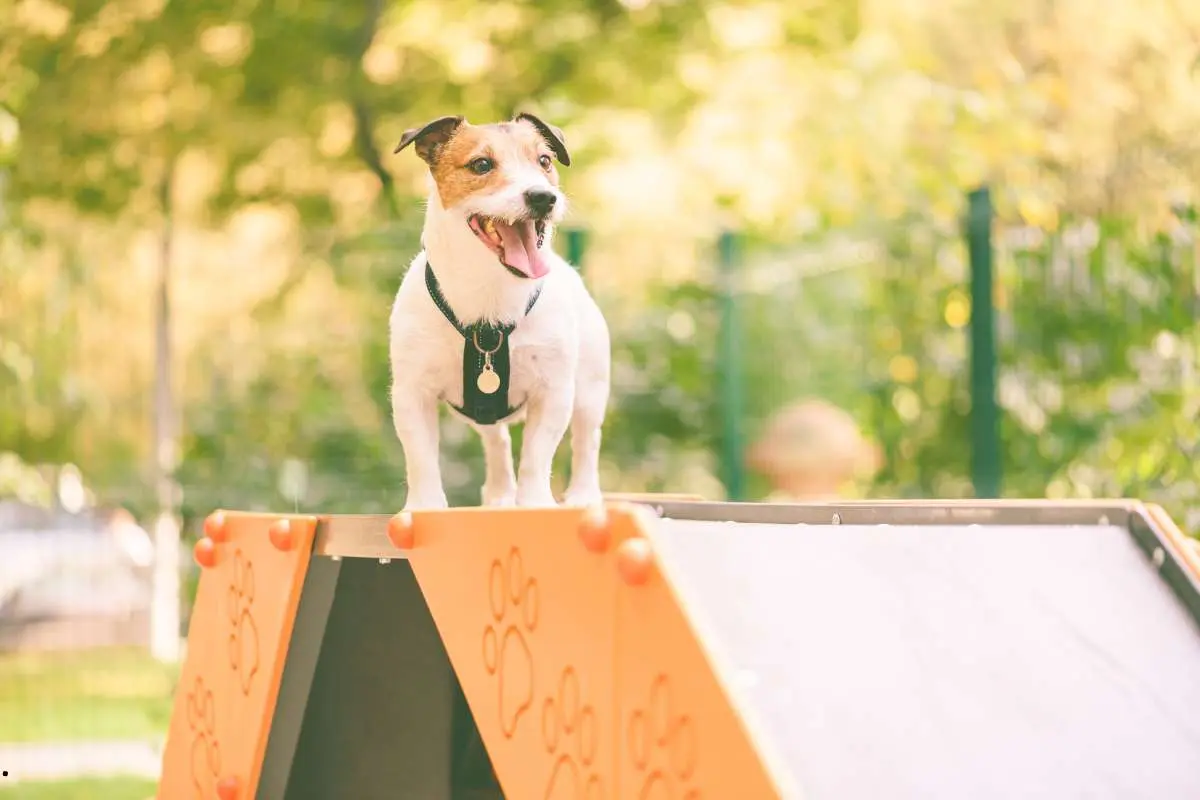
Training Tips to Maximize Your Puppy’s Potential
Using Positive Reinforcement
Potential puppy agility stars respond best to positive reinforcement techniques. Reward good behavior with treats, praise, or playtime to reinforce desired actions. This will help build a strong bond between you and your puppy as well as motivate them to continue working hard.
Consistency in Training
Puppy’s thrive on consistency. Establish a regular training schedule and stick to it. Practice the same commands and exercises in the same way each time to avoid confusing your puppy. This will help them learn faster and improve their agility skills more effectively.
Consistency in training is crucial for your puppy to understand what is expected of them. By consistently reinforcing good behavior and practicing regularly, your puppy will progress steadily and become more confident in their abilities.
Understanding Puppy Mindset
Some puppies may get easily distracted or lose interest during training sessions. Understanding your puppy’s mindset is key to keeping them engaged. Keep training sessions short and fun to prevent boredom, and always end on a positive note.
Mindset plays a significant role in your puppy’s progress in agility training. By recognizing when your puppy is eager to learn and when they need a break, you can tailor your training sessions to be more effective and enjoyable for them.
Setting Realistic Goals
Little steps lead to big achievements in agility training. Set realistic goals for your puppy based on their age, breed, and individual abilities. Celebrate small victories along the way to keep both you and your puppy motivated.
Dealing with Setbacks
Using setbacks as learning opportunities is crucial in agility training. If your puppy struggles with a certain skill, go back a step and break it down into smaller, more manageable tasks. Dealing with setbacks positively and patiently will ultimately lead to progress in their training.
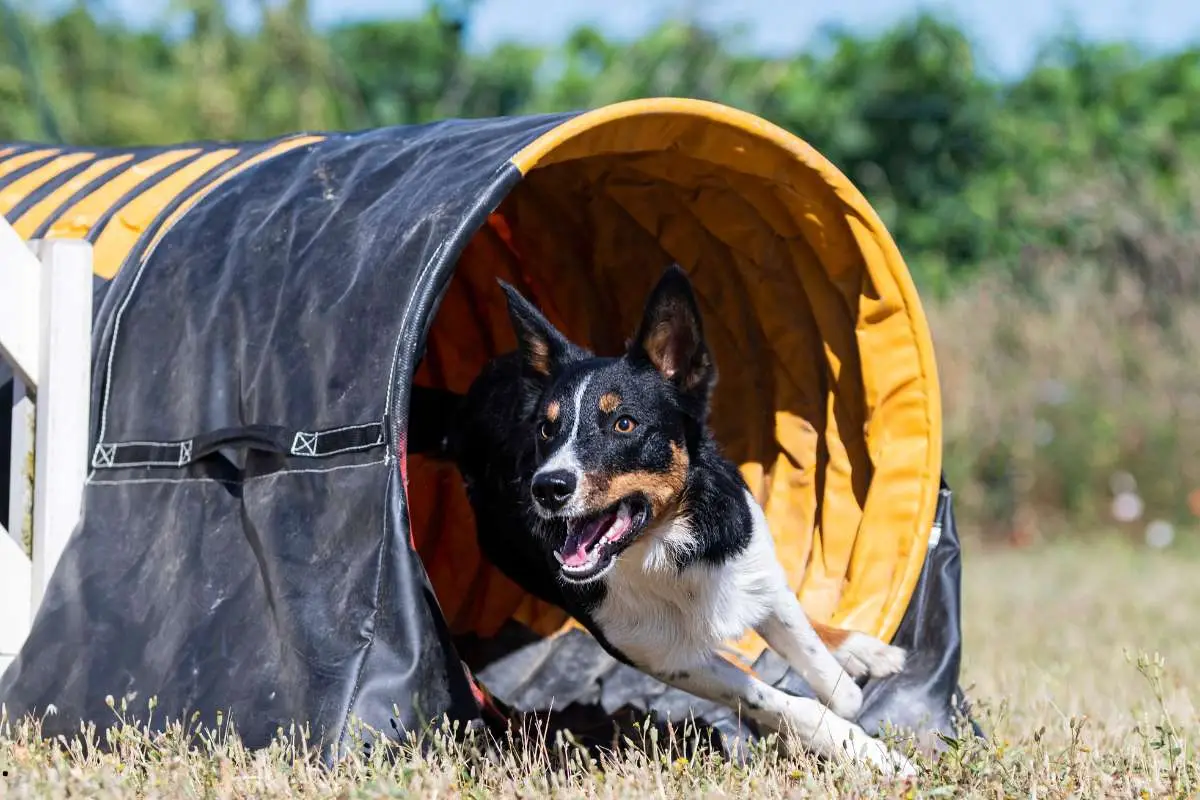
Factors Influencing Agility Training Success
After deciding to train your puppy for agility, there are several factors that can influence the success of your training efforts. Understanding these factors and addressing them appropriately can make a significant difference in your puppy’s performance.
The Role of Breed and Individual Traits
You need to consider the breed and individual traits of your puppy when training for agility. Some breeds are naturally more suitable for agility due to their athleticism and energy levels. Additionally, each dog has its own personality and learning style that can impact how quickly they pick up on agility training.
The Importance of Daily Exercise
Traits such as energy levels and exercise needs vary among different dog breeds. Daily exercise is crucial for maintaining your puppy’s physical and mental well-being, as well as for improving their agility skills. Regular physical activity helps build muscle tone, endurance, and flexibility, all of which are vital for agility training success.
Training your puppy for agility should include a variety of exercises to keep them engaged and challenged. Incorporate activities like running, jumping, and climbing to mimic the obstacles they will encounter in an agility course. Consistent training and exercise will help your puppy develop the necessary skills and confidence to excel in agility competitions.
Diet and Nutrition for an Agile Puppy
Little changes in your puppy’s diet can have a big impact on their performance in agility training. A well-balanced diet that provides the necessary nutrients for growth and energy is vital for keeping your puppy healthy and active. Additionally, maintaining an optimal body weight is crucial for preventing injuries and ensuring agility success.
The Trainer’s Attitude and Approach
On top of technical skills, the trainer’s attitude and approach can greatly influence your puppy’s progress in agility training. Dogs are highly intuitive animals and can sense their trainer’s emotions. Maintaining a positive and patient attitude during training sessions will help create a productive and enjoyable learning environment for your puppy.
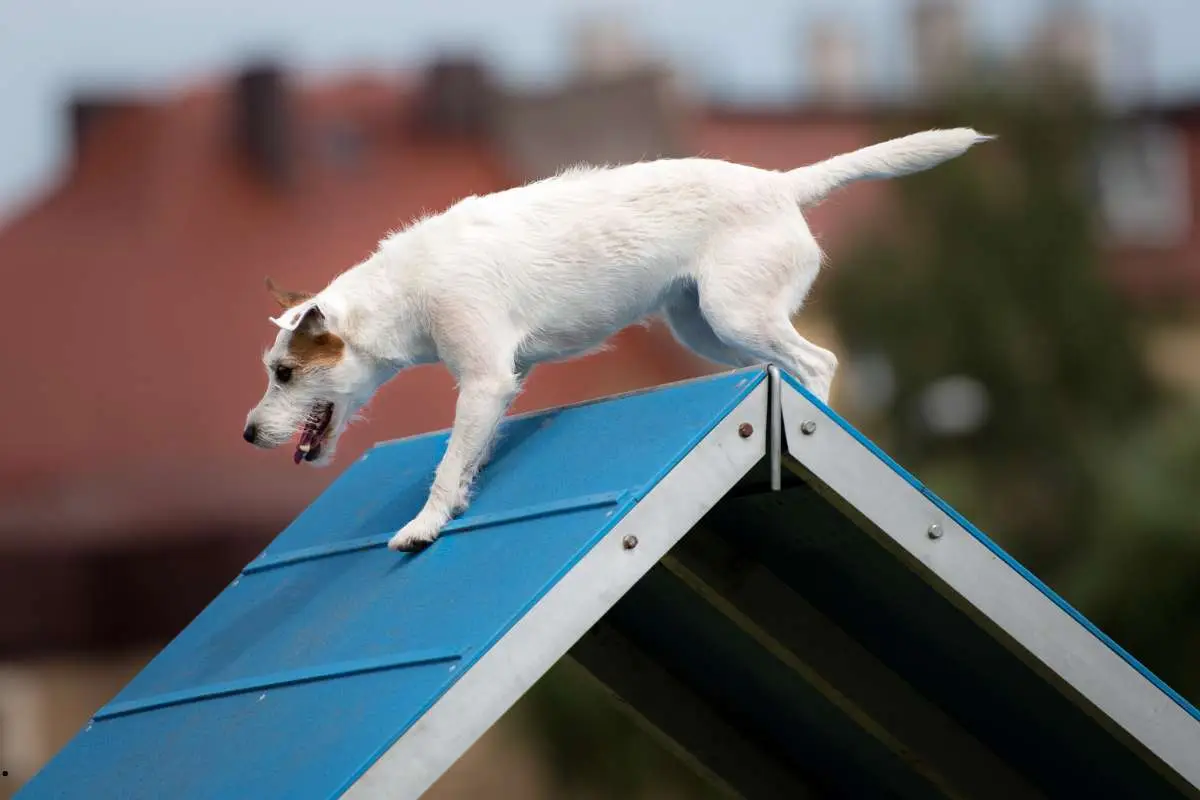
The Pros and Cons of Agility Training
Benefits for Puppy’s Health and Behavior
Behavior: Agility training provides mental stimulation and helps burn off excess energy, leading to a calmer and better-behaved pup. It can also improve focus, obedience, and impulse control in everyday situations.
Strengthening the Owner-Puppy Bond
Cons: Agility training requires dedication, time, and consistency from the owner. While it can strengthen the bond between the owner and the puppy, it may also lead to frustration if progress is slow or if the puppy finds certain obstacles challenging.
For instance: Owners need to be patient and understanding as they guide their puppy through the training process. This mutual trust and teamwork can significantly enhance the bond between them.
Potential Risks and Injuries
Some: While agility training is generally safe when done properly, there is a risk of injuries such as sprains, strains, or cuts. Puppies are still developing physically, so it’s crucial to start slow, use proper equipment, and consult a vet if there are any concerns.
Benefits: The mental and physical stimulation provided by agility training can benefit the puppy’s overall well-being and contribute to a healthier, more active lifestyle.
Time and Financial Commitment
One: Agility training can be time-consuming and may require financial investment in classes, equipment, and potentially veterinary care. However, the rewards of a well-trained and confident puppy, as well as the joy of participating in a fun activity together, can outweigh the costs.
